Baubotanik, an emerging field at the intersection of architecture and botany, reimagines the relationship between nature and the built environment. This innovative approach involves the integration of living plants into the very structure of buildings and constructions, blurring the lines between architecture and the natural world. Derived from the German words “Bau” (construction) and “Botanik” (botany), Baubotanik represents a paradigm shift in design philosophy, promoting sustainability, aesthetics, and functional synergy.
At its core, Baubotanik capitalizes on the remarkable adaptability of plants to serve as integral load-bearing elements in architectural creations. This concept is exemplified by structures like the TreeHugger Pavilion, where living trees are coaxed into intricate lattice-like patterns that become part of the framework itself. This symbiotic relationship between plants and architecture is not merely visual; it extends to the structural integrity of the building, demonstrating the potential of greenery to support and enhance the built environment.
One of the defining characteristics of Baubotanik is its emphasis on ecological harmony. The living plants incorporated into structures contribute to air purification, temperature regulation, and increased biodiversity, mitigating the severe impacts of urbanization. The Green Machine, for example, presents modular steel structures with living plants that grow upon them, fostering an adaptable and resilient framework that interacts harmoniously with its surroundings.
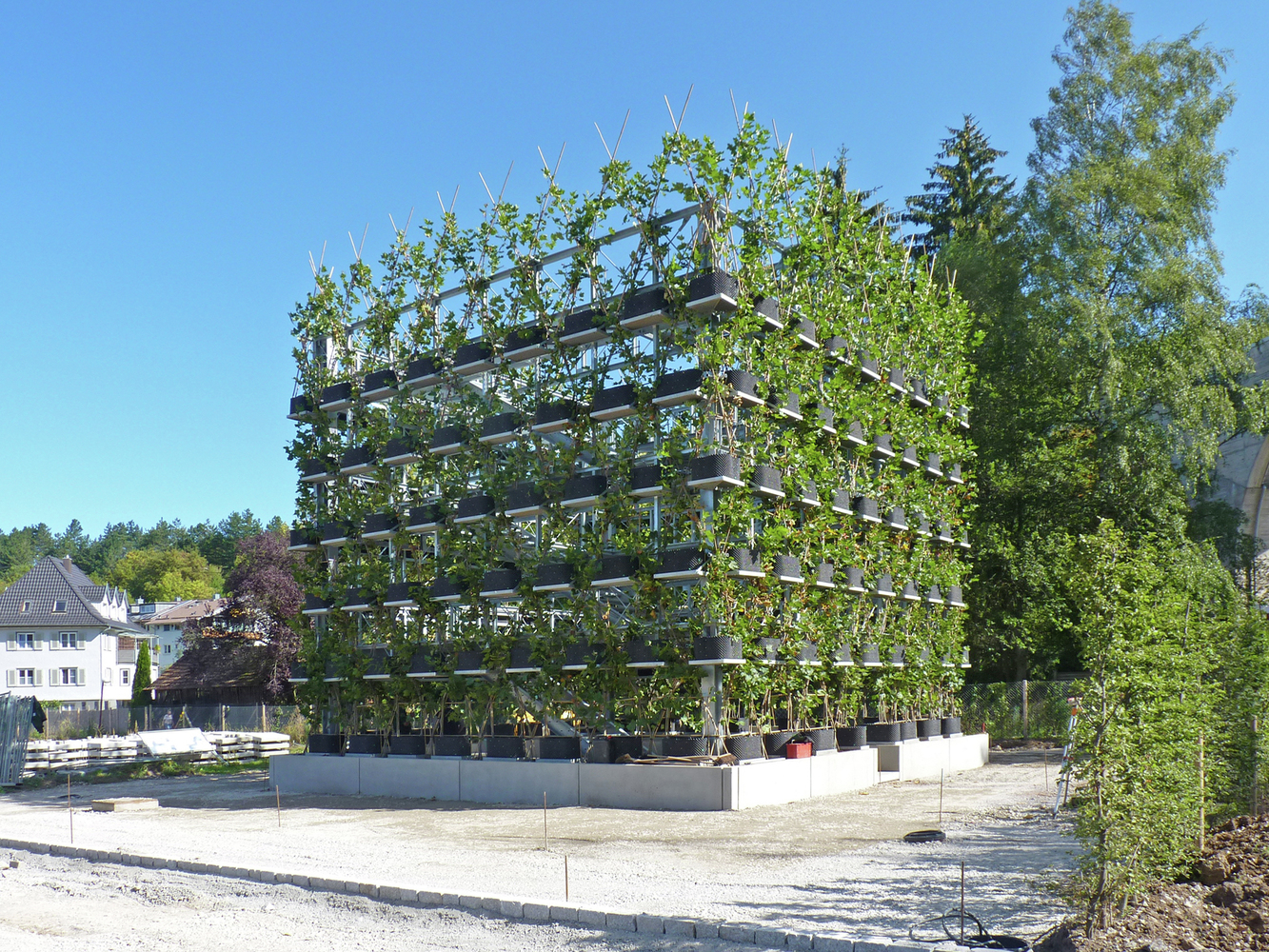
Willow Tower by Ferdinand Ludwig
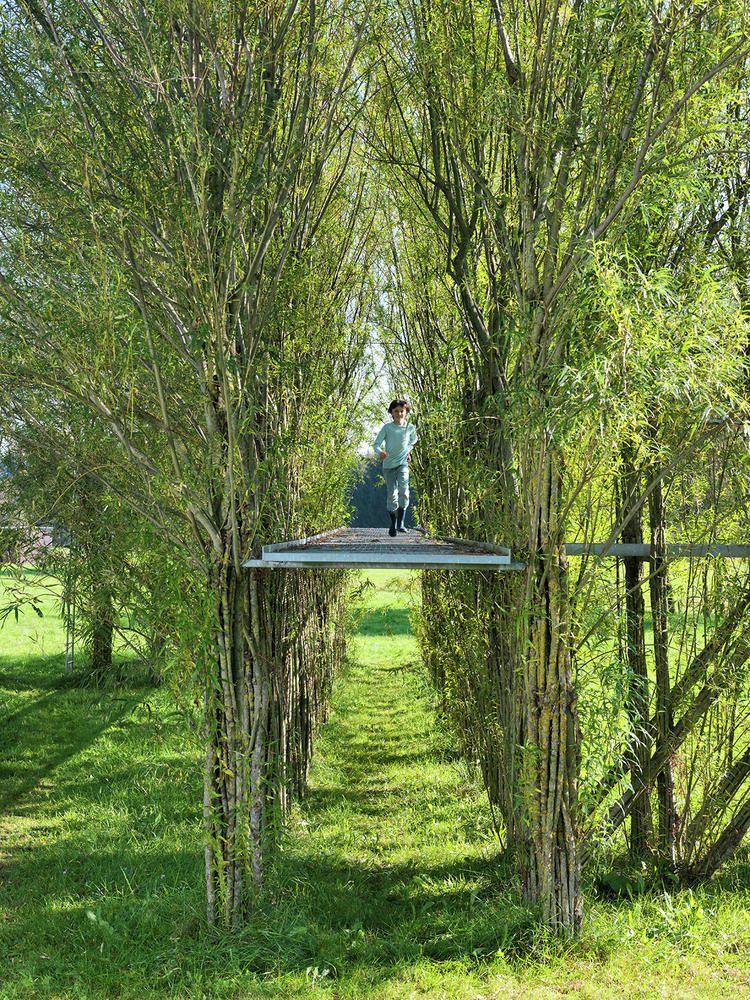
Willow Footbridge by Ferdinand Ludwig
Baubotanik also offers an intriguing juxtaposition of the transient and the enduring. The evolving nature of plants challenges traditional notions of permanence in architecture, as the appearance and form of the structure transform over time. This temporal element introduces a dynamic dimension to the built environment, inviting contemplation of the ever-changing relationship between humans, buildings, and nature.
However, Baubotanik is not exempt from challenges. The careful selection of plant species, growth management, and the balance between aesthetics and functionality are considerations that architects and botanists must navigate. Additionally, the nascent nature of Baubotanik means that research and experimentation continue to shape its evolution.
Baubotanik embodies a novel approach to architecture that transcends traditional boundaries. It encourages architects to conceive structures as living entities that evolve with the environment.
As cities grapple with environmental concerns, Baubotanik offers a glimpse into a greener and more sustainable urban future, where buildings become a perfectly balanced extension of the natural world, coexisting in harmony.


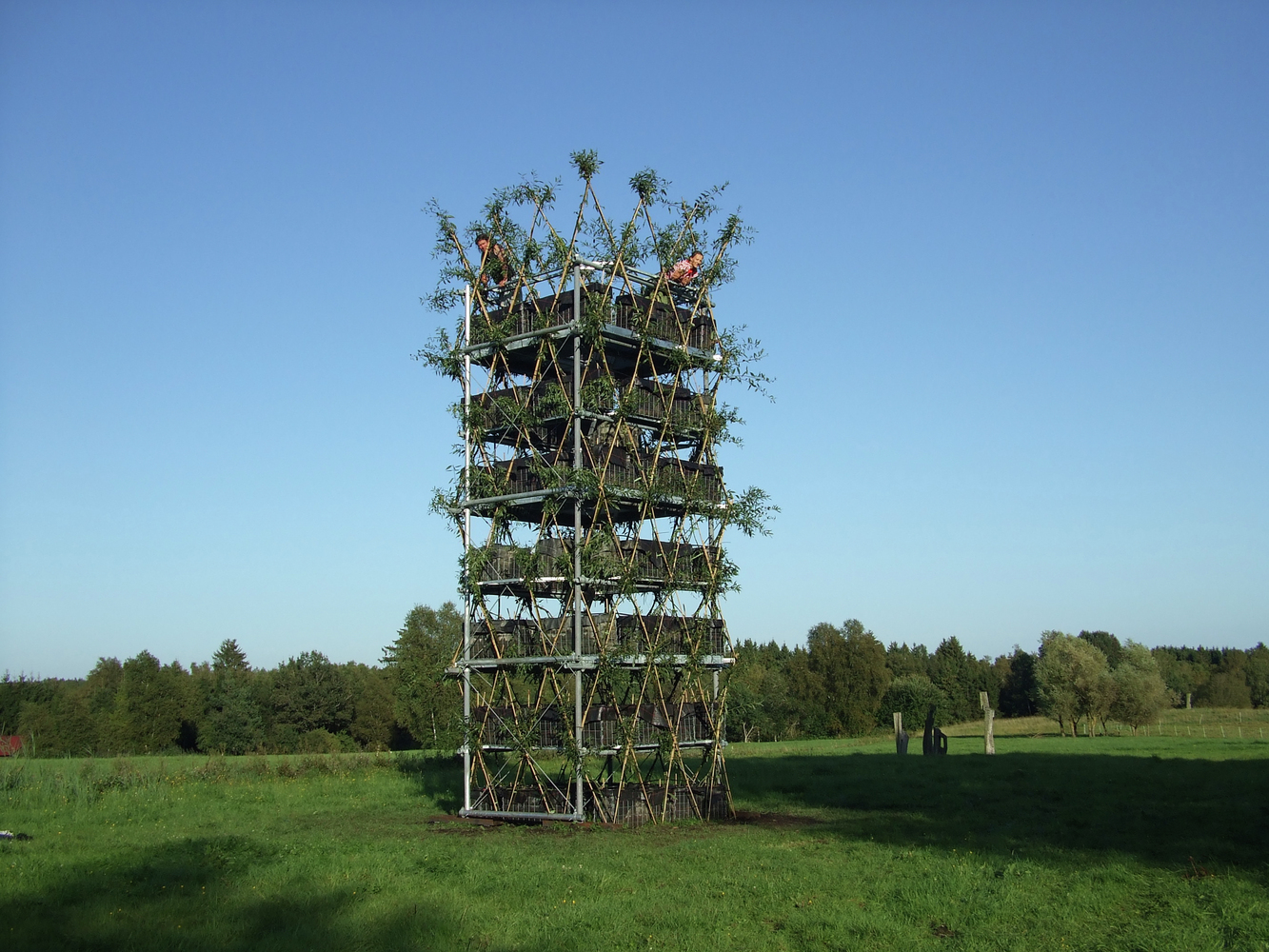
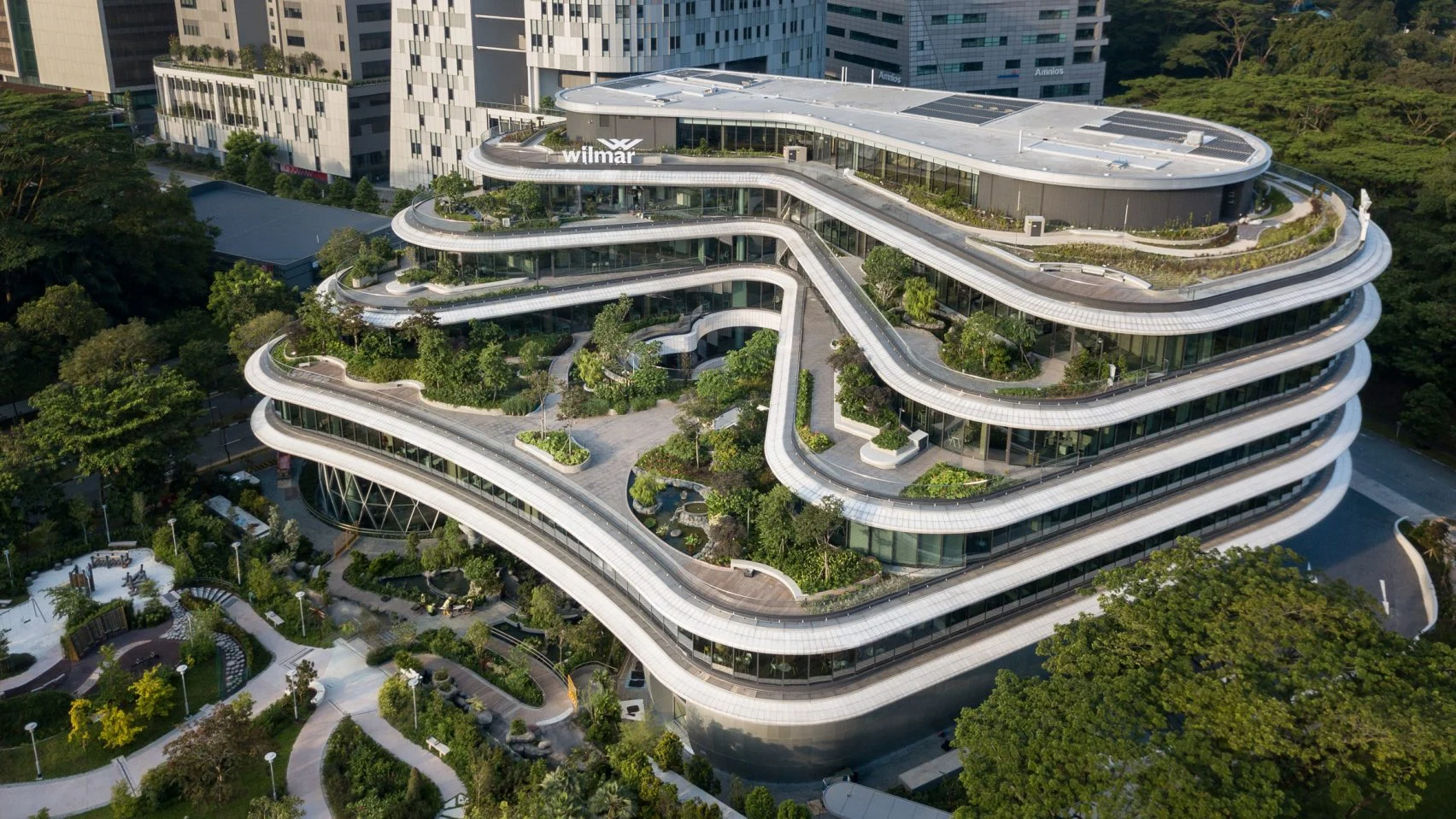
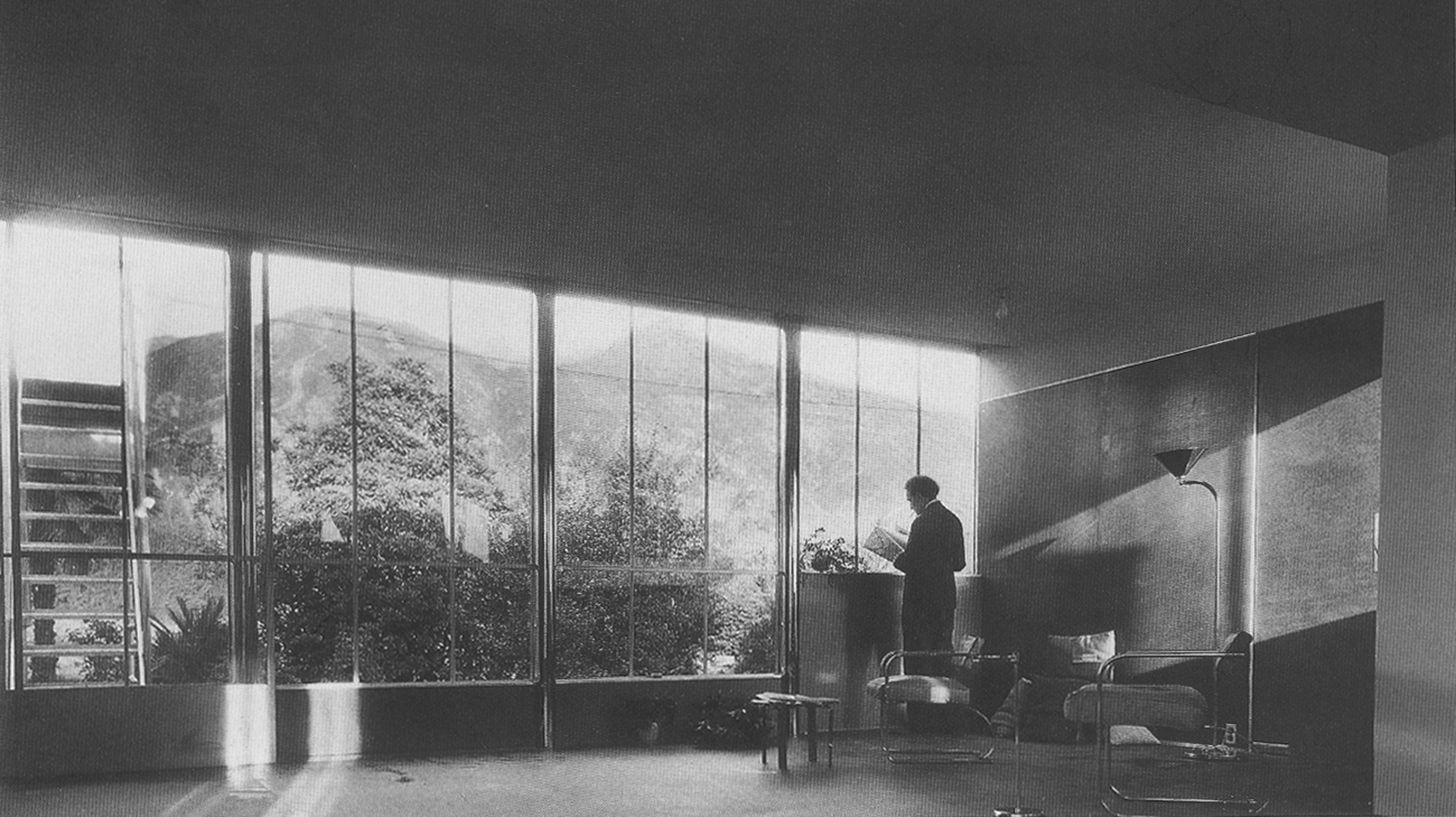
Leave A Comment